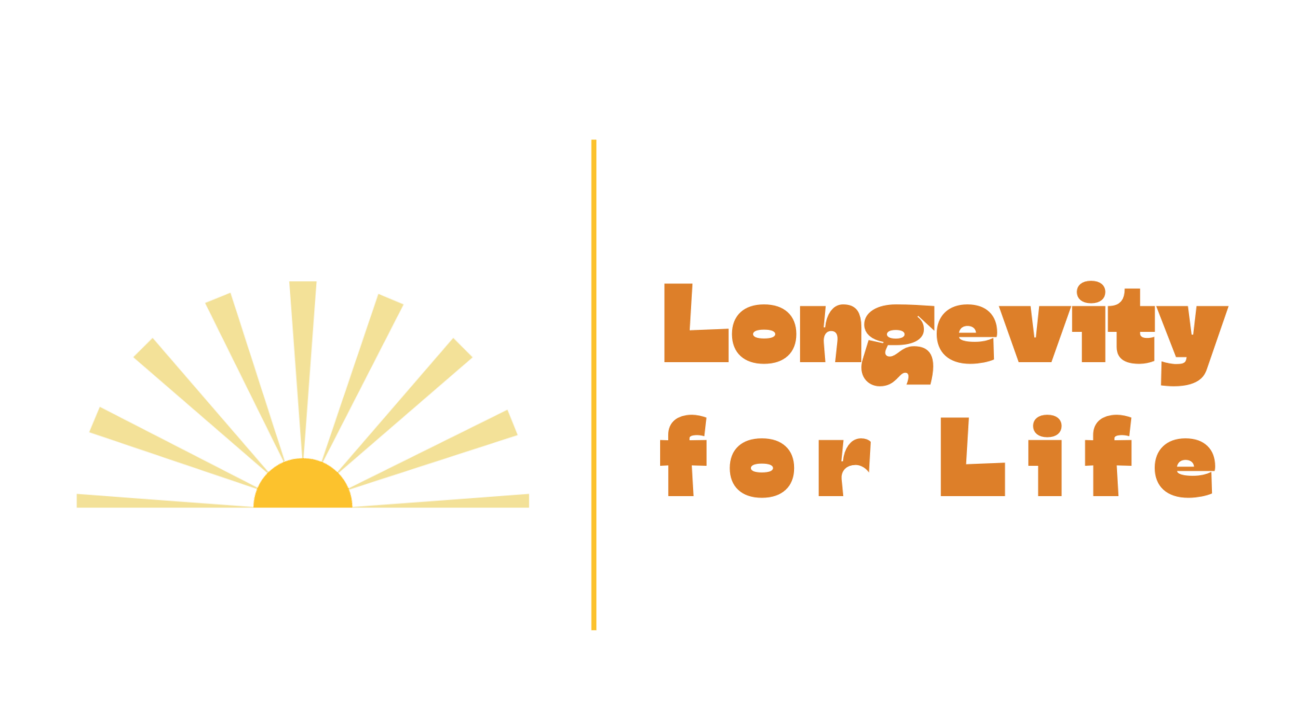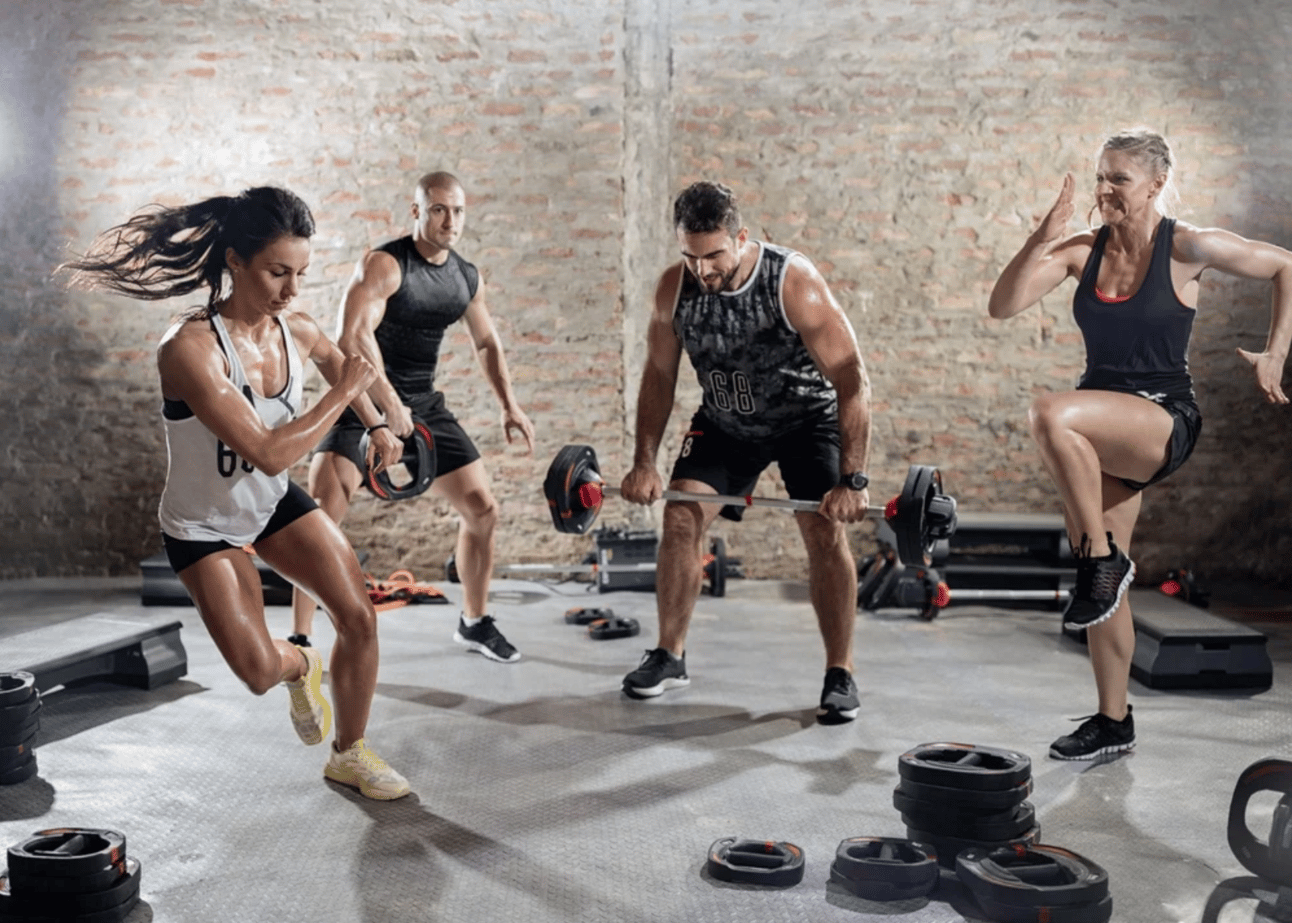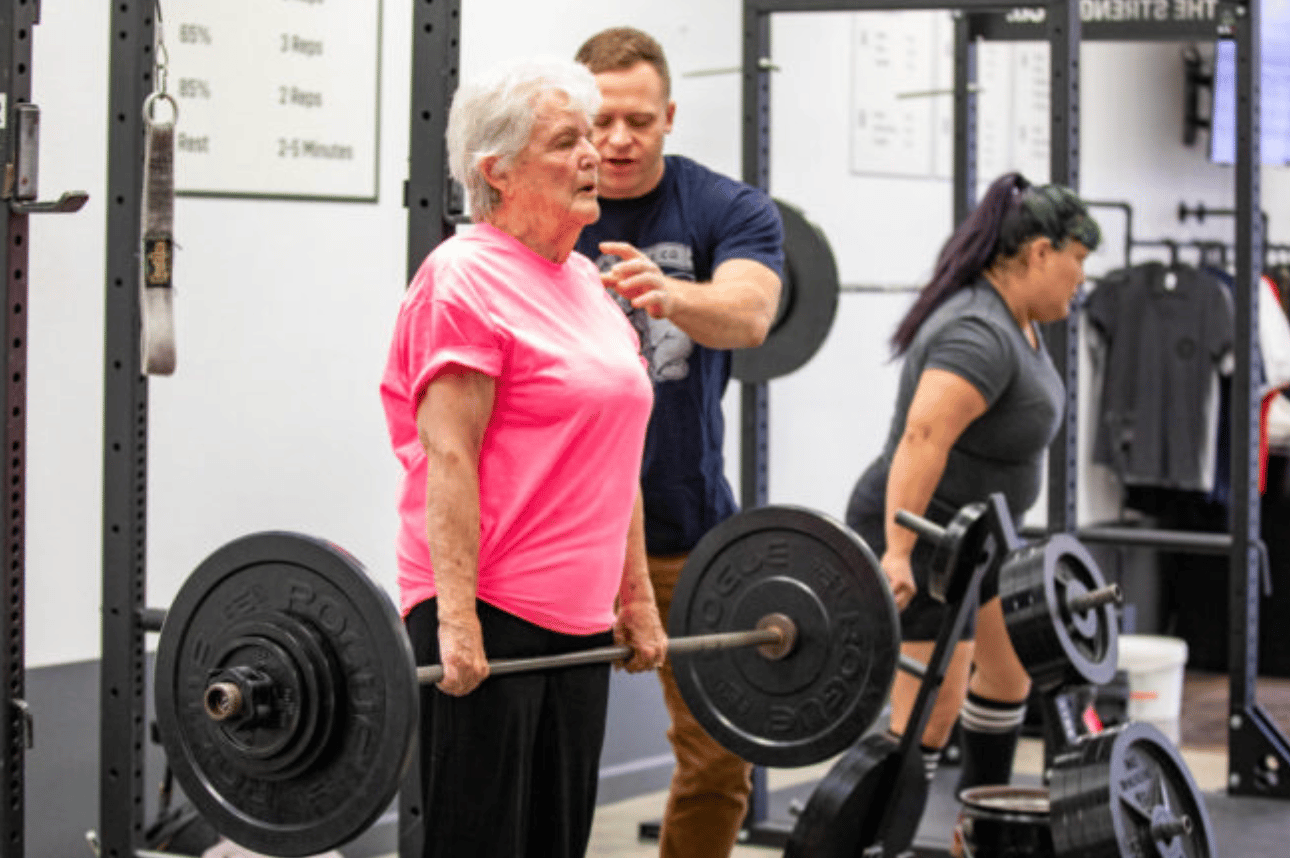
In the pursuit of longevity and a healthy, vibrant life, three major pillars come into play: exercise intensity, muscle strength, and the quality of your sleep. From discovering why shorter, high-intensity workouts could be your key to a longer, healthier life, to learning how heavy resistance training ensures you stay strong and independent well into older age, the journey to a robust body doesn't end there. In fact, your sleep habits play a surprising role in more than just recovery. We’ll explore how your sleep (or lack of it) can affect your cravings for sweetness and what that means for your long-term health. Let's dive into these key insights that can shape your path to a stronger, healthier, and more balanced life!
In today’s email:
Intensity vs. Volume: Discover how shorter, high-intensity workouts can offer big gains for longevity.
Strong for Life: Heavy resistance training isn’t just for bodybuilders – it’s the secret to independence as we age.
Sugar, Sleep, and Cravings: How a bad night’s sleep may have you reaching for the sweet stuff.
TOP STORY

Unlocking the Secret of High-Intensity Exercise
When it comes to longevity, not all exercise is created equal. Recent research highlights the profound impact that high-intensity exercise has on overall health and lifespan, particularly in reducing mortality rates.
What Happens During High-Intensity Workouts?
When you engage in vigorous exercise, your muscles become biochemical powerhouses. They release compounds like lactate and myokines, which travel through your body, influencing organs and systems, including the brain.
One key benefit is the stimulation of brain-derived neurotrophic factor (BDNF), which plays a crucial role in brain health and even possesses anti-cancer properties.
Another significant impact is on VO2 max (cardiorespiratory fitness), which is one of the most powerful predictors of longevity.
HIIT vs. Zone 2 Training While high-intensity interval training (HIIT) has garnered much attention for its benefits on metabolic and cardiovascular health, the longevity world has increasingly focused on low-to-moderate intensity aerobic exercise (also known as Zone 2 training). This method emphasizes fat burning and is performed over longer durations at lower heart rates.
On the other hand, newer concepts like exercise snacks and vigorous intermittent lifestyle physical activity (VILPA) introduce brief but intense activity bursts throughout the day. Even though research on these forms is still developing, both exercise snacks and VILPA are strongly linked to better fitness and metabolic health.
What Does the Research Say About Longevity?
A recent study comparing different exercise intensities shows that intensity stands out as the main driver for reducing the risk of mortality—especially from cardiovascular diseases.
Engaging in more intense physical activity resulted in a 37% lower risk of all-cause mortality and a 41% reduction in cardiovascular disease-related deaths.
Surprisingly, volume of exercise wasn’t as closely associated with reducing mortality risk, particularly for cardiovascular diseases.
Does Activity Length Matter? Yes. Longer bouts of activity—5 minutes or more—yielded more significant health benefits than shorter, fragmented sessions. For example, three 10-minute bursts of high-intensity activity per day were better than ten 3-minute sessions.
Takeaways:
High-intensity workouts, such as HIIT, are critical for cardiovascular health and longevity.
It’s not just about the volume of exercise but also the intensity and pattern of activity.
Including some longer, intense exercise sessions multiple times a week can optimize health benefits.
In short, while mixing different intensities (low, moderate, and high) throughout the week is essential for overall fitness, high-intensity exercise stands out for its ability to extend lifespan and promote health in ways that lower-intensity workouts can’t match.
Heavy Resistance Training: A Long-Term Solution for Muscle Strength and Independence in Older Adults

As we age, maintaining muscle strength becomes increasingly important for mobility, independence, and overall quality of life. A recent study from the Live Active Successful Ageing (LISA) trial underscores the value of heavy resistance training (HRT) in achieving this goal, particularly in comparison to moderate-intensity training (MIT) and no training at all.
Key Findings:
Heavy resistance training over a 1-year period helped older adults maintain their muscle strength and lean mass for up to 4 years.
Moderate-intensity training and no training failed to deliver the same long-term results, with participants in these groups experiencing a decline in muscle strength and lean body mass.
Visceral fat levels remained stable in both HRT and MIT groups, while the control group saw an 8% increase in visceral fat—highlighting the role of resistance training in preventing fat accumulation, which is linked to serious health conditions such as cardiovascular disease and type 2 diabetes.
How was the study conducted?
Participants: 369 older adults (aged 64–75) were split into three groups: HRT, MIT, and a control group.
Method: The HRT group trained using machines in fitness centers, performing exercises like leg presses and chest presses at 70-85% of their one-repetition maximum (1RM). The MIT group performed lighter exercises using elastic bands, training primarily at home.
Measurements: Researchers tracked leg strength, lean body mass, and visceral fat over four years, finding that HRT was the most effective at preserving muscle strength and mass.
Why is this important? Muscle strength is crucial for maintaining independence in older age. The results from this study suggest that even a 1-year commitment to HRT can provide long-term benefits, helping older adults maintain their physical function for years. Additionally, HRT can protect against dangerous visceral fat gain, which often leads to chronic conditions.
Takeaway:
For older adults, heavy resistance training offers significant long-term benefits in terms of muscle strength, body composition, and overall health.
Health professionals and fitness coaches should prioritize incorporating HRT into the exercise routines of older individuals to help them maintain strength, mobility, and independence as they age.
The Sweet Side of Sleep: How Short Sleep Affects Your Taste for Sugar

Have you ever noticed a craving for sweets after a bad night’s sleep? You're not alone. A new systematic review has shed light on how short sleep duration—defined as less than 6 hours per night—can increase your preference for sugary foods.
Here’s a closer look at the study's findings:
Who was studied? The review included 13 studies from several countries, focusing on adults aged 18 to 82 with varying body weights (normal, overweight, and obese).
What was studied? Researchers examined how short sleep affects taste perception—especially sweet, salty, sour, bitter, and umami tastes. Of these, the most notable finding was an increased preference for sweet tastes after short sleep.
Key results:
Increased sweetness preference: In 4 out of 5 randomized controlled trials (RCTs) and 2 observational studies, participants reported a higher preference for sweetness after getting less sleep.
No effect on taste detection: The ability to recognize or detect sweet taste didn’t change, but preference for higher sugar levels did.
Limited effects on other tastes: No consistent changes were found for salty, sour, bitter, or umami flavors.
Why does this matter? Poor sleep has already been linked to increased appetite, hormonal imbalances (e.g., ghrelin and leptin), and a higher risk of weight gain and obesity. This study adds another layer, suggesting that altered taste preferences may be part of the puzzle. When we’re sleep-deprived, our bodies might crave sugary foods to compensate for low energy and mood, driven by changes in brain reward systems.
In short, sleep not only impacts how much we eat but also what we want to eat. If you find yourself reaching for that extra sweet snack after a sleepless night, it could be your body’s way of compensating for the lost rest.
Takeaway: Prioritizing a good night’s sleep might help you avoid those sugar cravings and, in turn, support healthier eating habits.
Conclusion:
Whether you’re adjusting your workout routine to focus on intensity over volume or embracing heavy resistance training to maintain independence as you age, the strategies to improve your health are within reach. And don’t forget the role of sleep — its impact goes beyond feeling rested; it could be affecting your cravings and overall dietary habits. The key takeaway? Small but consistent changes in exercise, strength training, and sleep patterns can create a ripple effect that significantly enhances your longevity. So, take a step today towards building a healthier, stronger, and more vibrant future — and stay tuned for more tips on living your best life!

This email was brought to you by Scott Ward
Was this email forwarded to you? Sign up here.
*Some links may contain affiliate and sponsorship associations to aid in newsletter support.
If you are loving the Beehiiv platform, try it out FREE for 30 days, plus 20% off your first 3 months!
